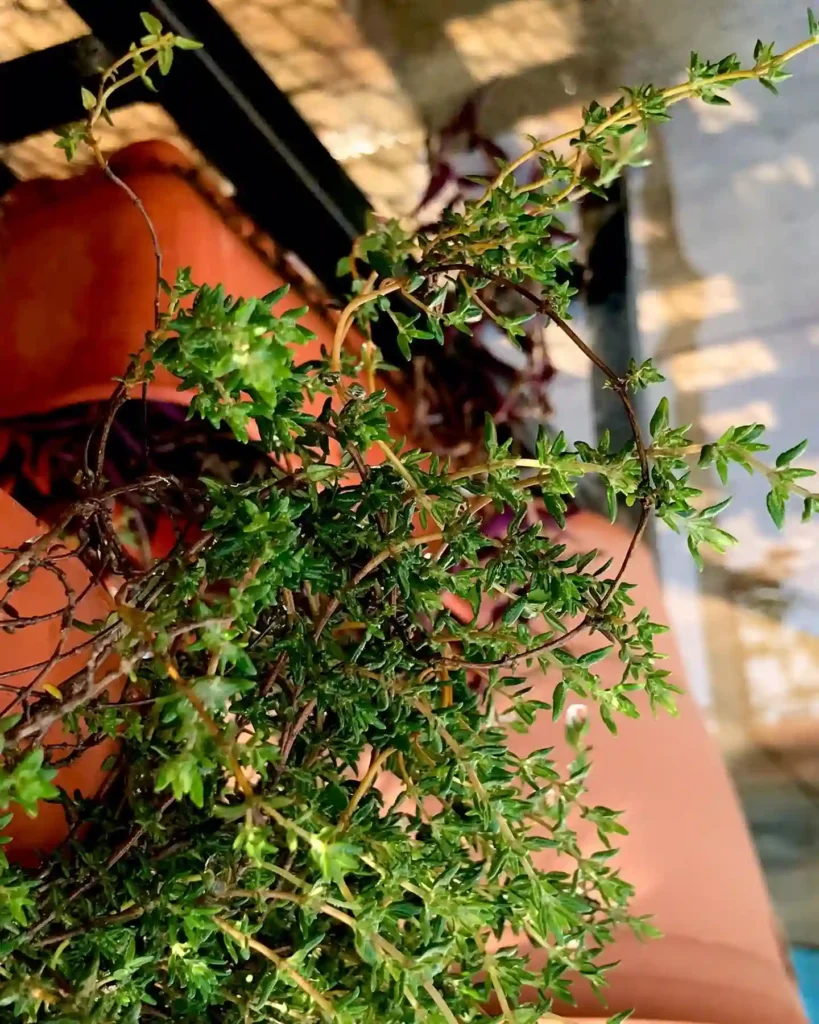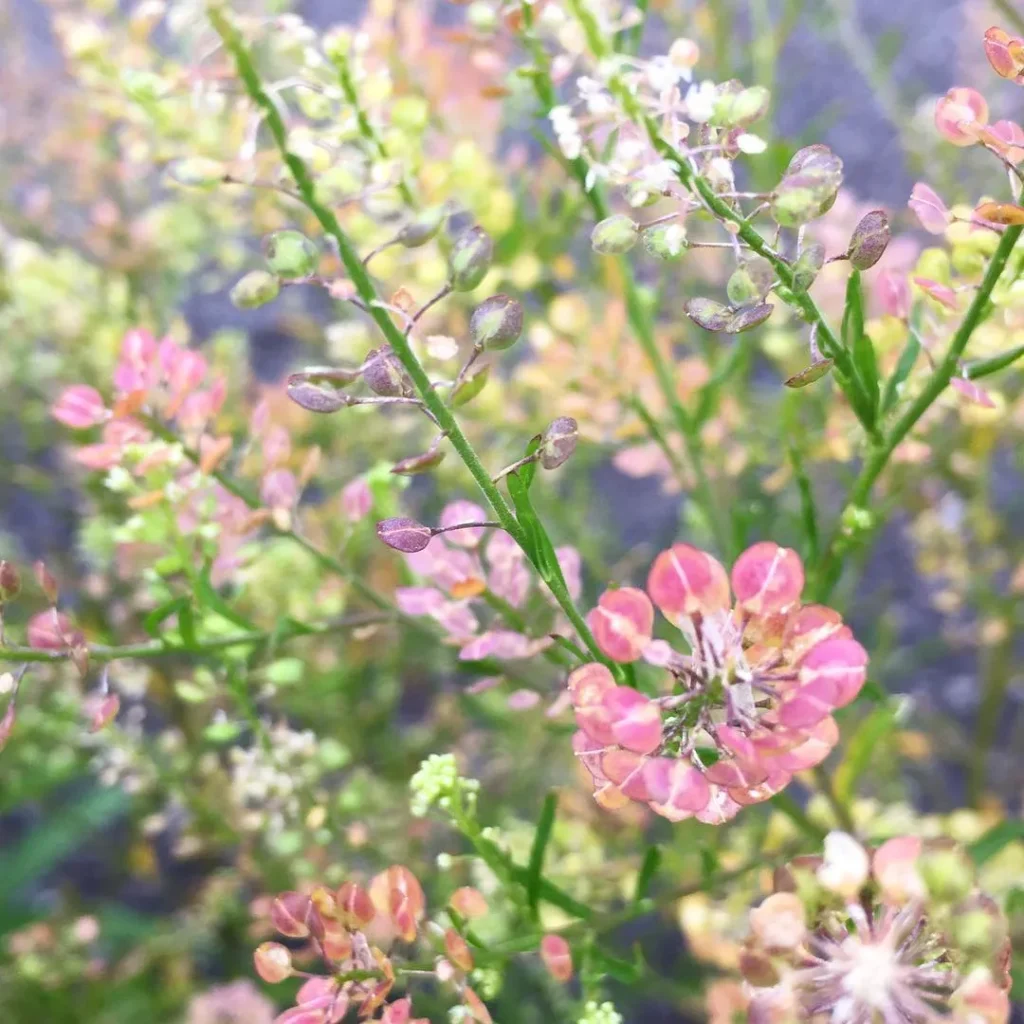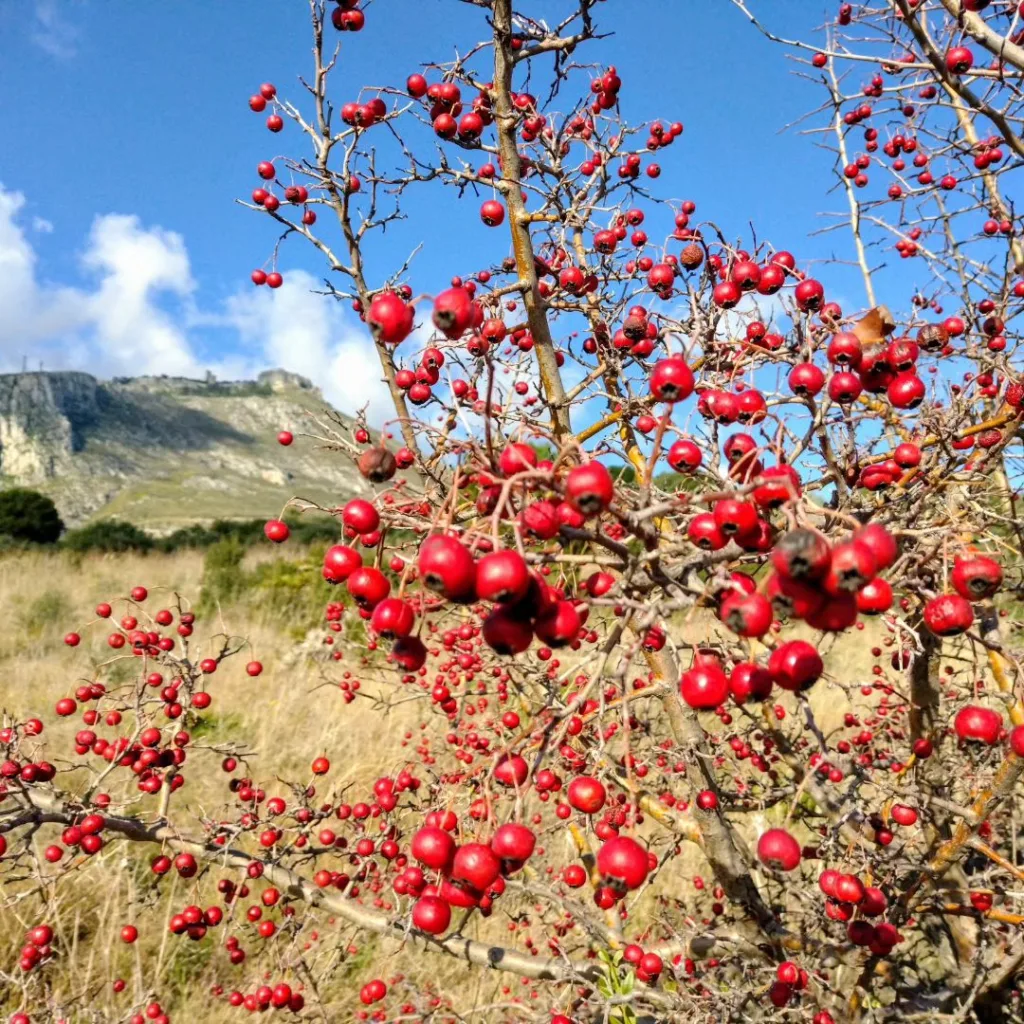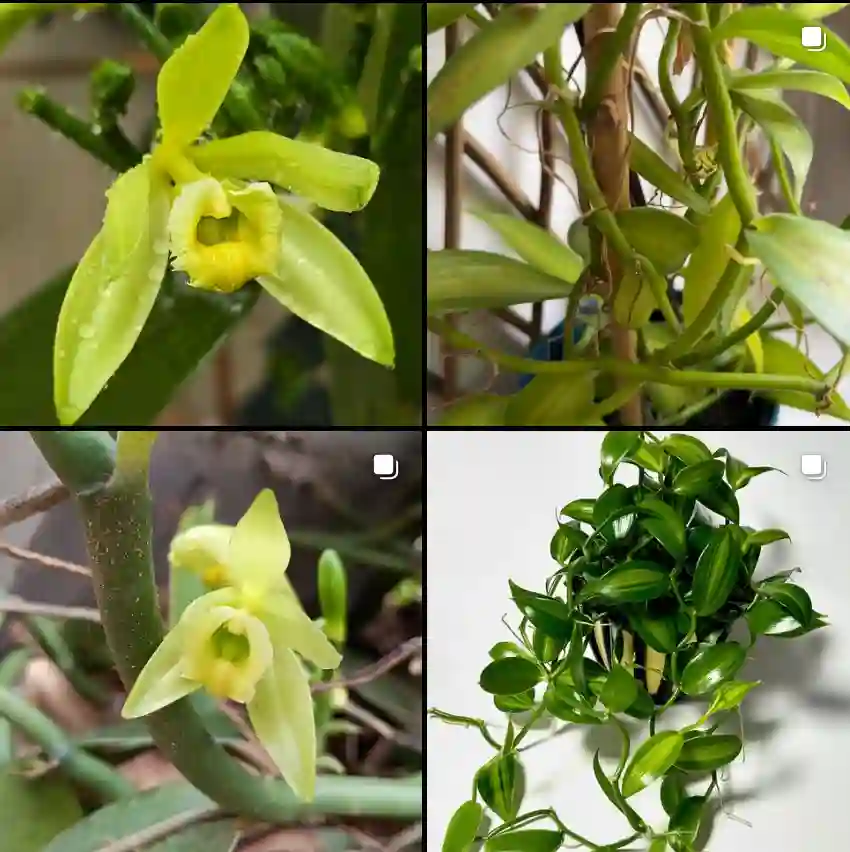Huernia Macrocarpa: Unveiling the Red Dragon’s Secrets
Hi there, Ferb Vu here. For succulent enthusiasts like myself, the Huernia Macrocarpa holds a special allure. This South African native, often nicknamed the “Red Dragon Flower” or “Owl Eyes,” boasts a unique combination of captivating blooms and interesting foliage. But beyond its aesthetics, the Huernia Macrocarpa offers a surprisingly low-maintenance appeal.
Today, I’m here to answer some of the most common questions I get about this fascinating succulent.
78 Species in Genus Huernia
What Makes the Huernia Macrocarpa Special?
The Huernia Macrocarpa stands out for several reasons. First, there are the blooms. Unlike many succulents, these beauties aren’t shy about putting on a show. Vibrant, starfish-shaped flowers in shades of red, pink, or purple emerge throughout the spring and summer, often boasting a darker central eye. The contrast is striking, earning the “Owl Eyes” nickname.
Second, the foliage itself is captivating. The Huernia Macrocarpa features fleshy, toothed arms that cascade from a central stem. These arms come in various shades of green, sometimes tinged with purple, adding a touch of whimsy to the overall look.
Huernia Macrocarpa vs. Stapelia: Striking Similarities, Subtle Differences
New succulent enthusiasts often confuse the Huernia Macrocarpa with its close cousin, the Stapelia. Both belong to the Apocynaceae family and share some characteristics. They have similar flower shapes and a reputation for emitting a unique (some might say unpleasant) odor during bloom time, which attracts pollinators like carrion flies.
However, there are some key differences. Stapelia flowers tend to be larger and more star-shaped, while Huernia Macrocarpa blooms are smaller and have a flatter profile. Additionally, Stapelia foliage is typically smoother and lacks the pronounced teeth of the Huernia Macrocarpa.
How to care for Huernia Macrocarpa?
The beauty of the Huernia Macrocarpa is matched by its ease of care. Here are some essential tips:
- Light: These sun-worshippers thrive in bright, indirect sunlight. South-facing windows are ideal. Avoid harsh afternoon sun, which can scorch the leaves.
- Watering: Remember, it’s a succulent! Overwatering is the enemy. Allow the soil to dry completely between waterings, especially during winter. Think “soak and dry” rather than a regular schedule.
- Soil: Drainage is paramount. Use a well-draining cactus mix or create your own by adding perlite or pumice to regular potting soil.
- Temperature: Huernia Macrocarpa prefers warm temperatures between 21-30°C (70-85°F). Protect it from frost and drafts.
- Fertilizer: A light feeding once a month during the growing season with a balanced fertilizer diluted to half strength is sufficient. Skip fertilizing altogether in winter.
Propagation: Sharing the Dragon’s Magic
Sharing the beauty of your Huernia Macrocarpa is easy. Here are two common propagation methods:
- Stem Cuttings: Take a healthy stem section with a few nodes and allow the cut end to callous over for a day or two. Plant it in a well-draining cactus mix and keep the soil slightly moist until roots establish.
- Seeds: This method takes longer but offers the satisfaction of nurturing a Huernia Macrocarpa from scratch. Sow seeds in a shallow tray filled with a cactus mix and keep the soil lightly moist. Provide warmth and bright, indirect light. Seedlings will emerge in a few weeks.
Conclusion: The Huernia Macrocarpa – A Rewarding Companion
The Huernia Macrocarpa is a true gem for succulent lovers. Its striking appearance, coupled with its easy-going nature, makes it a welcome addition to any collection. With a little TLC, this “Red Dragon Flower” will reward you with years of vibrant blooms and interesting foliage. So, why not add a touch of the exotic to your home and welcome a Huernia Macrocarpa into your life?
If i die, water my plants!



